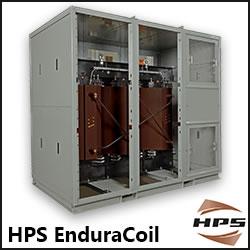Algenol to Partner in China to take Climate Action
Solar Energy Falls to 5 Cents per Kilowatt Hour in US
Can the U.S. Jump-Start Offshore Wind Power?
GIVING THE POWER BACK TO CONSUMERS!
Five More Myths About Solar Energy - And The Real Facts
Five More Myths About Solar Energy - And The Real Facts
Energy Storage from UGE onDEMAND
Balls of DNA Could Fix Geothermal Energy's Biggest Problem
Balls of DNA Could Fix Geothermal Energy's Biggest Problem
Researchers develop cool way to improve solar cell efficiency
Researchers develop cool way to improve solar cell efficiency
Evaluating the Case for Module-Level Shutdown
Evaluating the Case for Module-Level Shutdown
IoT and Solar Energy
IoT and Solar Energy
Records 4651 to 4665 of 40047
First | Previous | Next | Last
Featured Product

